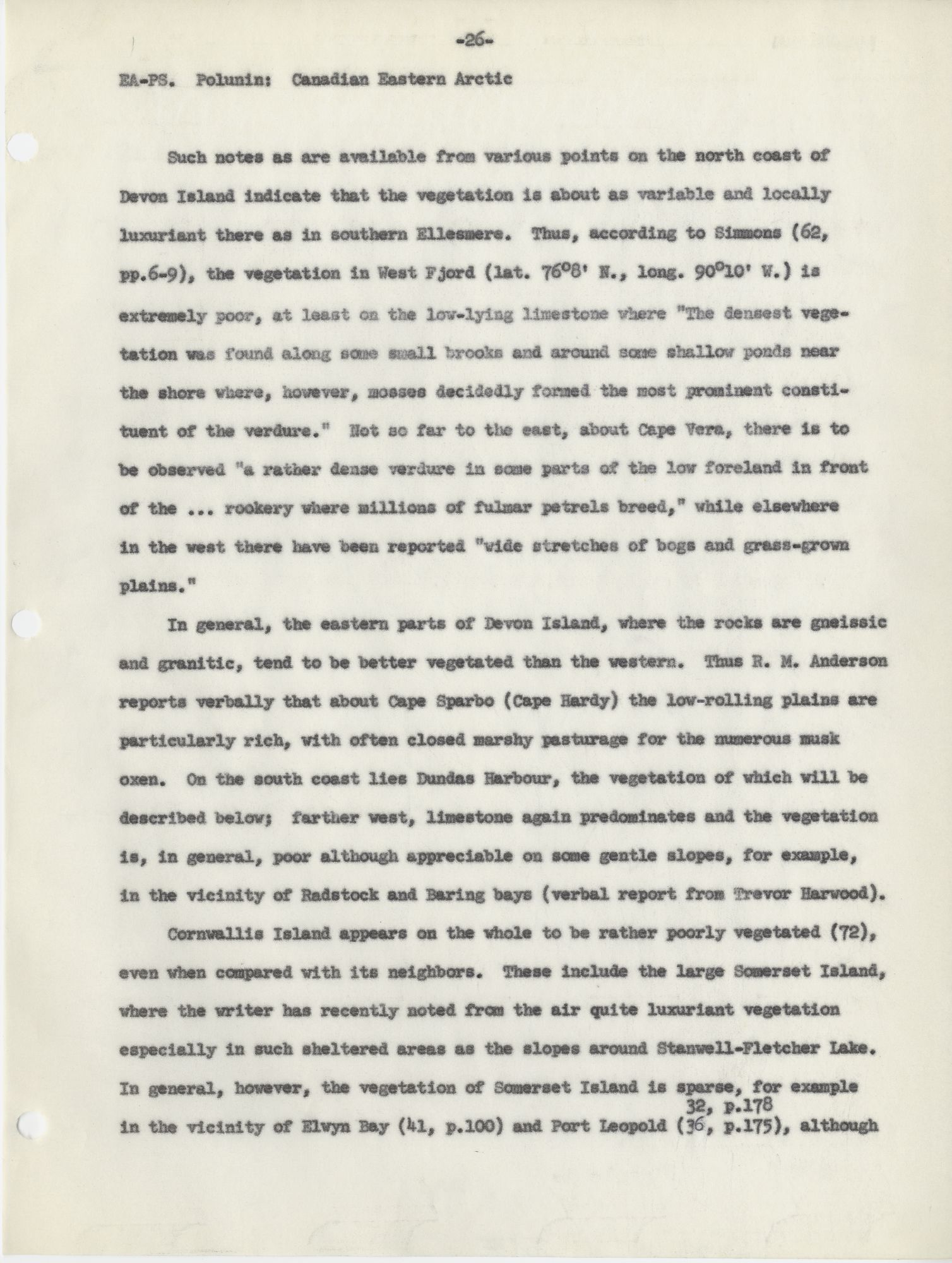Breaking News
Main Menu
TUTOR VISTA NOTE ABOUT SPERMOPHYTE N THALOPHYTA
четверг 04 октября admin 25
Undifferenciate plant body. That is has no root, stems, or leaves is called thallophyta.the plants in this group are commonly called algae.
Sensory Map Transfer to the Neocortex Relies on Pretarget Ordering of Thalamic Axons Ludmilla Lokmane,1,2,3 Re´mi Proville,1,2,3. E18.5 in the presumptive somatosensory (S1) (n control =13 andn mutant =8)orvisual(V1)neocortex(n control =5andn mutant = 8) (Figures 1A and 1B; data not shown). These procedures.
GeneratorGenerator atau pembangkit listrik yang sederhana dapat ditemukan pada sepeda. Pada proses itulah terjadi perubalian energi gerak menjadi energi listrik. Persamaan tr tt2206. Caranya ialah bagian atas dinamo (bagian yang dapat berputar) dihubungkan ke roda sepeda. Pada sepeda, biasanya dinamo digunakan untuk menyalakan lampu.
These ploants are predominantly aquatic. Examples.- Spirogyra, ulothrix, cladophora, and chara.

Characteristics of Thallophyta: 1) They are found in moist or wet places. 2) They are autotrophic,i.e, manufacture their own food. Reserve food is generally Starch. 3) They have a cellulose cell wall around their cells. 4) Mechanical & conducting elements are absent.
Spirogyra: Cladophora: Ulothrix: Chara. Tencate oral histology text book pdf.
Thallophyte Thallophytes are a polyphyletic group of non-mobile organisms that are grouped together on the basis of similarity of characteristics, but do not share a common ancestor. They were formerly categorized as a sub-kingdom of kingdom Plantae. These include lichens, algae, fungus, bacteria and slime moulds and bryophytes. Characteristics of Thallophyta • They are usually found in moist or wet places. • This is due to the absence of “true roots” and vascular tissue that is needed to transport water and minerals. Hence they are found in moist or wet places.
• They are autotrophic in nature. • Most members in this group manufacture their own food. But a few members like fungi are dependent on other sources of food., • Reserve food is generally starch. • After, glucose is produced and consumed almost immediately, the remaining glucose is converted into complex compounds called starch. • They have a cell wall composed of cellulose around their cells. • Absence of vascular tissue.
• Unlike other plants, xylem and phloem are absent. Etc • Sex organs are simple, single-celled, there is no embryo formation after fertilization. Division of Thallophyta The division Thallophyta is classified into two subdivisions: Algae and Fungi.
Algae They are chlorophyll-bearing thalloids. They are autotrophic and largely aquatic plants.
On a side note, it has been observed that green algae forms a symbiotic relationship with sloths that are native to the lush tropical rainforests of South America and Central America. Sloth fur is very coarse and readily absorbs water.
As a result, sloth fur forms a moist and damp environment for the algae to flourish. The algae in return, provides the sloth with extra nutrition and from predators.
Example: Spirogyra. Fungi They are achlorophyllous (meaning: they do not produce chlorophyll) heterotrophic thallophytes. Sometimes, to overcome this handicap, fungi may develop a symbiotic relationship with an algae or a cyanobacterium. The algae can produce food as it has chlorophyll and the fungi in return provide a safe environment that shields the algae from UV rays. Lichen is an example where two organisms act as a single unit. Stay tuned with BYJU’S to learn more detail about Thallophytes and other group of organisms.